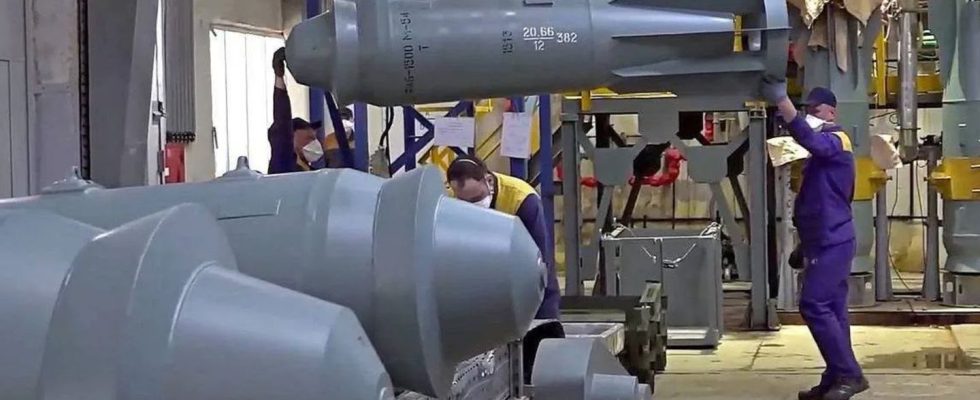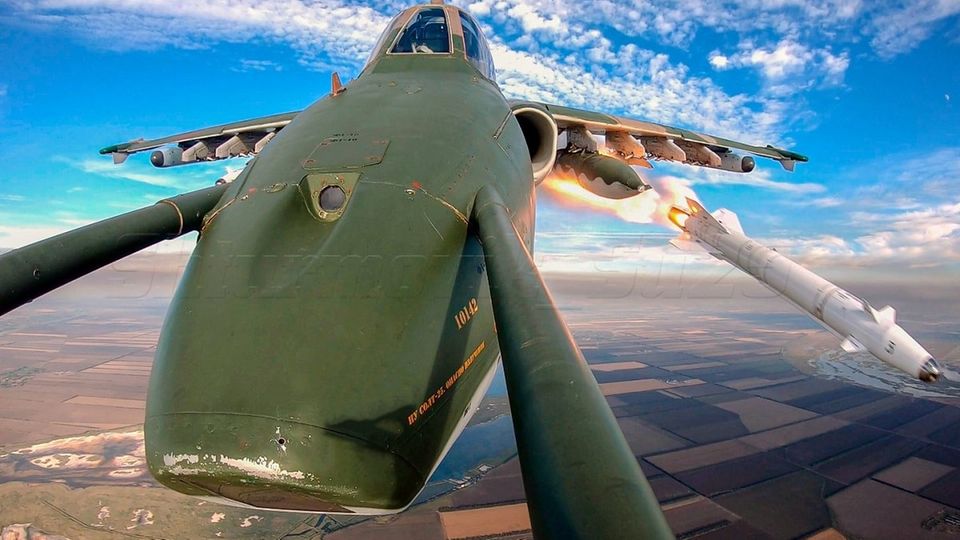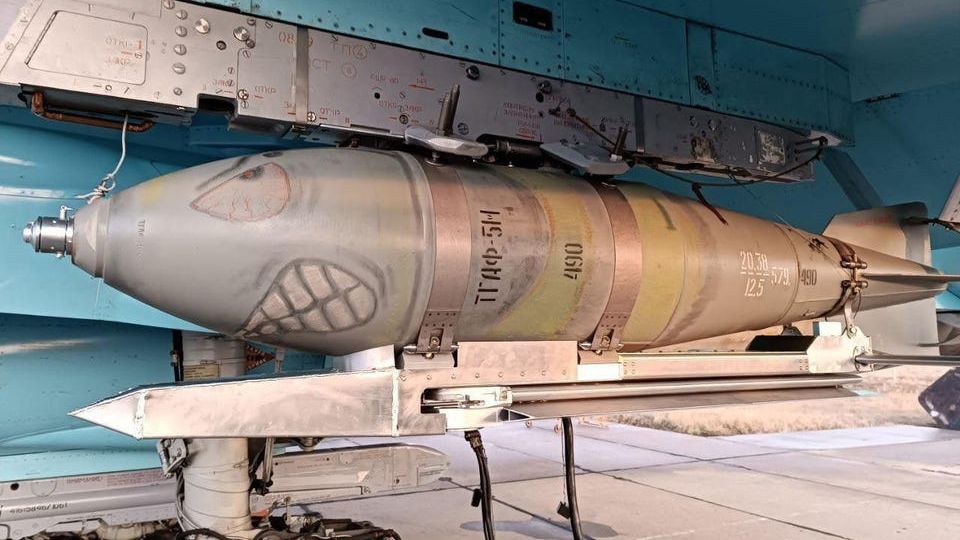FAB-1500
As heavy as a mid-range car – Putin’s glide bombs are changing the war in Ukraine
Watch the video: Russia’s glide bombs “trigger horror among Kiev’s troops”
Video source: ntv.de
Russia is converting simple Cold War bombs into precision weapons. These glide bombs decided the battle for Avdiivka, and now Putin is using an even more powerful variant. The heavy FAB-1500 levels Ukrainian fortifications.
In the West, people like to discuss the next game changer. First about the self-propelled howitzer 2000, then about the Leopard 2 main battle tank, the Storm Shadow and now about the Taurus. What is striking is how quickly the veil of forgetfulness falls over the supposed “miracle weapons” as soon as they face the everyday life of war. Changed almost unnoticed by the Western public one Weapon actually has a lasting effect on what is happening on the battlefield: Putin’s glide bomb. They are no better or more effective than a Storm Shadow cruise missile, but they bring something that Western weapons always lack. The glide bombs are used in large numbers. There are currently around 100 missions a day. That would be 3000 a month. In August 2023 there were still 800.
Stupid bombs become precision weapons
Most glide bombs are converted “dumb” free-fall bombs. They are given stubby wings and a simple navigation system and are mounted under a jet. He releases it far away from the front, then the bomb glides into the target and hits precisely. The use of glide bombs began in the Battle of Bakhmut and has become more and more intensive since then. After bombs weighing 250 and 500 kilograms, bombs weighing 1,500 kilograms are now also being converted.
These weapons are fundamentally changing the way war is waged in Ukraine. The Kiev summer offensive showed that a deeply echeloned, fortified defensive structure could not be taken or could only be taken with great sacrifice. The Ukrainians were unable to eliminate trenches, bunkers and concrete firing positions before attacking. This dilemma has been known since the First World War. If you dig deep enough, even heavy artillery can hardly destroy a bunker.
The situation is different with the glide bombs; they destroy the positions of the Ukrainian defenders. In Bakhmut, the Ukrainians turned the high-rise buildings into fortresses that dominated the surrounding area. Glide bombs negated this strategy. The multi-story houses collapsed under the hits, burying the defenders under the rubble.
The FAB-1500 only leaves a pit
The FAB-1500 has been in use for a few weeks now. The bomb weighs 1.5 tons, about half of which is the explosives and the rest is the iron casing. The detonation of the FAB-1500 is so large that even well-fortified positions or factory buildings cannot withstand it. For comparison: the warhead fired by a 155-millimeter howitzer weighs around 20 kilograms; the bomb is 75 times as heavy.
During the fall of Avdiivka, hundreds of glide bombs were used in just a few days, causing the Ukrainians to suffer heavy losses and lose their fortifications. The bombs are changing trench warfare in Ukraine. Fortifications that previously provided safe protection become death traps when a 1,500 kilogram bomb hits them.
The FAB-1500 is hell
Maksym Zhorin, of Ukraine’s 3rd Assault Brigade, described on Telegram how 60 to 80 of the glide bombs hit his area every day. “These bombs completely destroy every position. All buildings and structures simply turn into a pit as soon as one hits.” A soldier from Ukraine’s 46th Separate Airborne Brigade told CNN: “Before, we were only shelled with artillery. Now the Russians are more aggressive and have started using air power, especially the FAB-1500. Why are they taking the FAB-1500? The “The damage caused by this is very serious. If they survive, a bruise is guaranteed.” By this the soldier doesn’t mean a simple bruise. The air pressure from the explosion squeezes the lungs and brain, causing severe damage. “That puts pressure on the morale of the soldiers. Not all of our boys can withstand it. They’re more or less used to the FAB-500 now, but the FAB-1500 is hell.”
In recent weeks, Kiev says it has managed to shoot down several Russian jets that dropped the bombs about 20 kilometers from the front. According to pro-Russian bloggers, the range is said to be 70 kilometers, while Western experts estimate it to be closer to 40. The jets have to climb briefly because the glide bombs require a high altitude. But for this success, Kiev probably had to bring the valuable Patriot systems close to the front, where they would in turn be disabled by the Russians. Hopes are currently focused on the delivery of F-16 fighter jets that could intercept the Russian carrier jets. But the “New York Times” reported that the first jets would not be used until July and then only six of the 45 originally promised.
Quantity and quality
Putin’s glide bombs do not have the precision and range of Storm Shadow or Taurus, but the bombs are available in almost unlimited numbers. JSC Tactical Missiles Corporation builds the necessary slide sets at a factory in the Moscow region in “24 hour/7 day” shift operations. The glider and the controls are simple and their production is expected to continue to increase. Stalin’s famous sentence applies here: “Quantity is a quality in itself.” At the same time, Moscow is working on improving glide bombs. A simple engine will be added to the stubby wings. Even with a simple booster rocket that pushes the bomb a little, the range of the bombs would be massively increased so that they could also reach targets in the Ukrainian hinterland.
Sources: NYT. Washington Post, CNN





